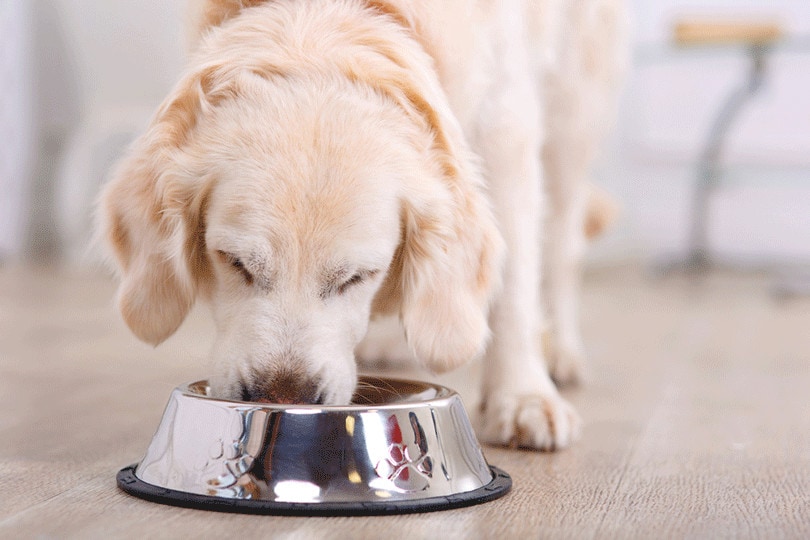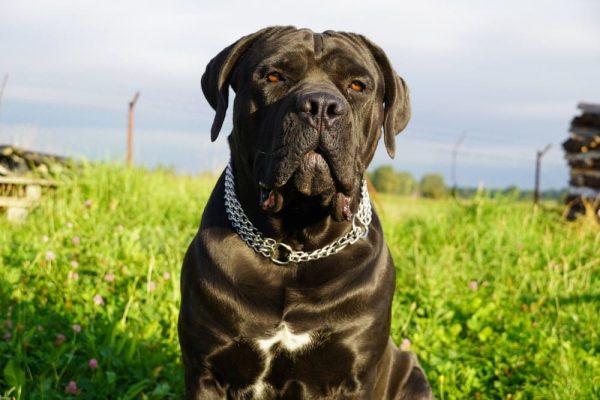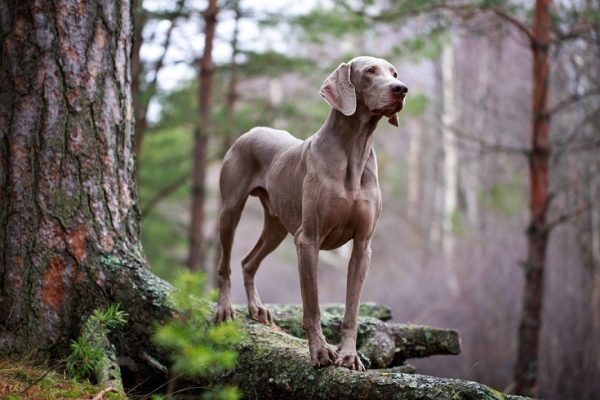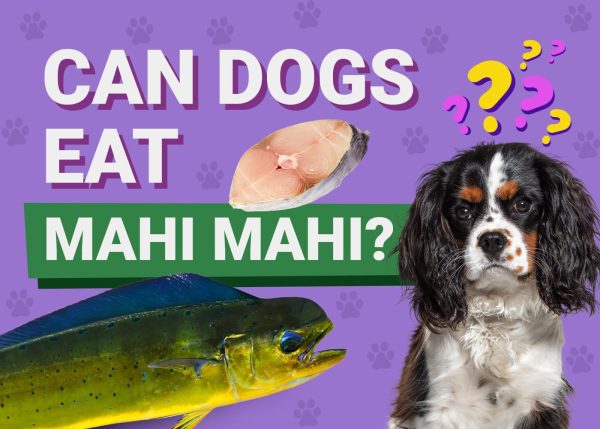In this article
If you have a dog, you know that there are few things that they like more than pieces of meat, but they also like to steal just about any other kind of food off the table, causing many people to be confused about whether dogs are carnivores or omnivores.
The short answer is that dogs are facultative carnivores. This means that they need an animal protein-based diet, but they can benefit from eating plants, too. Keep reading as we dive deeper into the debate and science to help you learn more about your pet’s eating habits.

Are Dogs Omnivores? Analyzing the Evidence
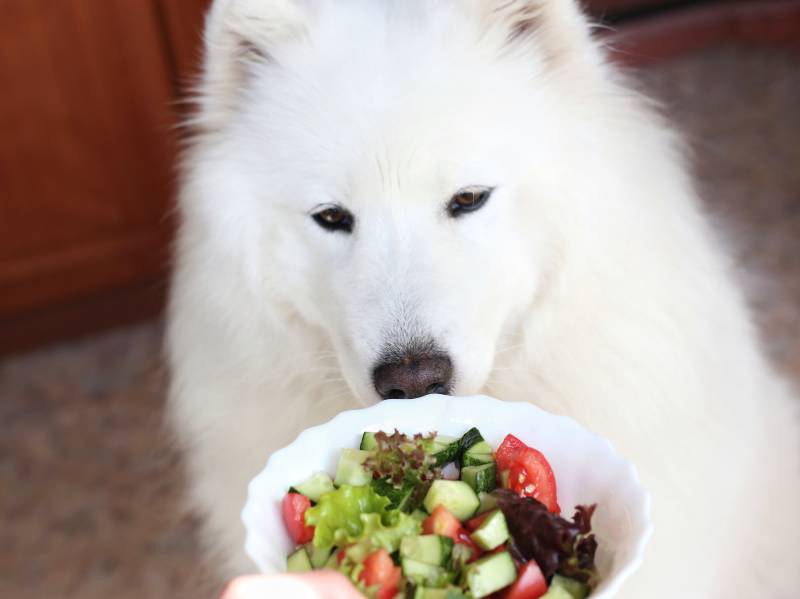
Plants
Unlike their grey wolf ancestor, the modern canine will seek out food made from plants to eat, mostly in the form of human food. Scientists believe that dogs first evolved when food waste from human settlements first became available more than 13,000 years ago. Since dogs can digest this type of food, which is often high in starches and grains, many people believe them to be omnivores.
Amylase
Amylase is an enzyme that breaks down starch and other foods besides meat. You can find it in human saliva, but you won’t find it in carnivores, like cats or grey wolves.

Are Dogs Carnivores? Analyzing the Evidence
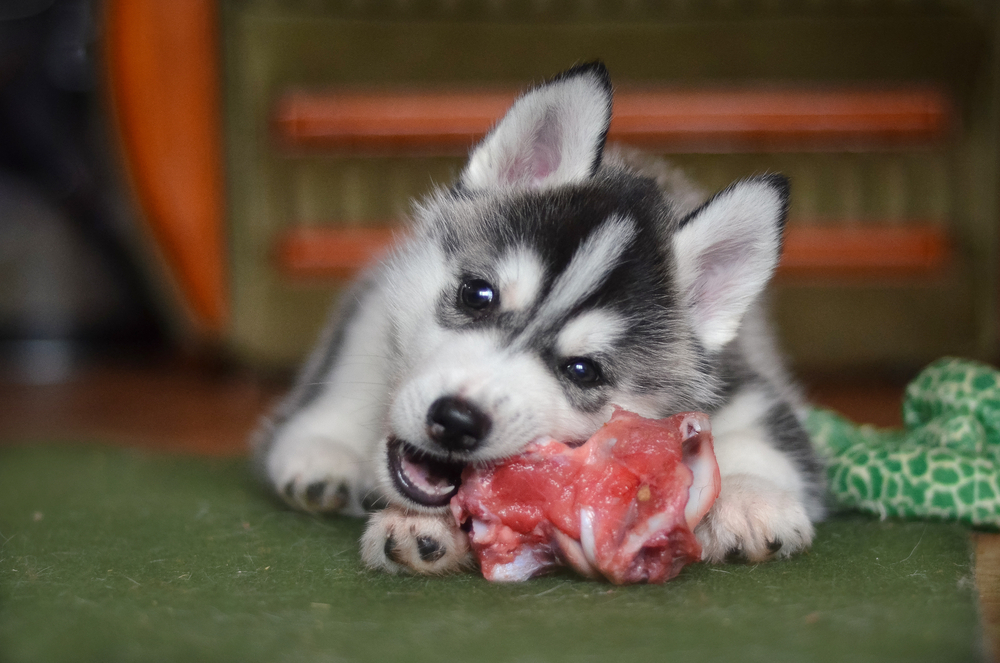
Amylase
Although dogs make amylase, they produce it in their stomach instead of their saliva like humans do, which makes it less effective because it takes much longer to come into contact with the food. Research suggests1 that dogs developed the ability to digest grains due to interacting with humans, and this was a major step into their domestication.
Teeth
Herbivores have flat teeth, carnivores have sharp teeth, and omnivores have a mix of the two. Dogs have mostly sharp teeth that help them tear through flesh and muscle and crunch bone to get to the marrow inside. A dog’s jaw cannot move side to side to grind food, so their spiky molars help shear the food instead.
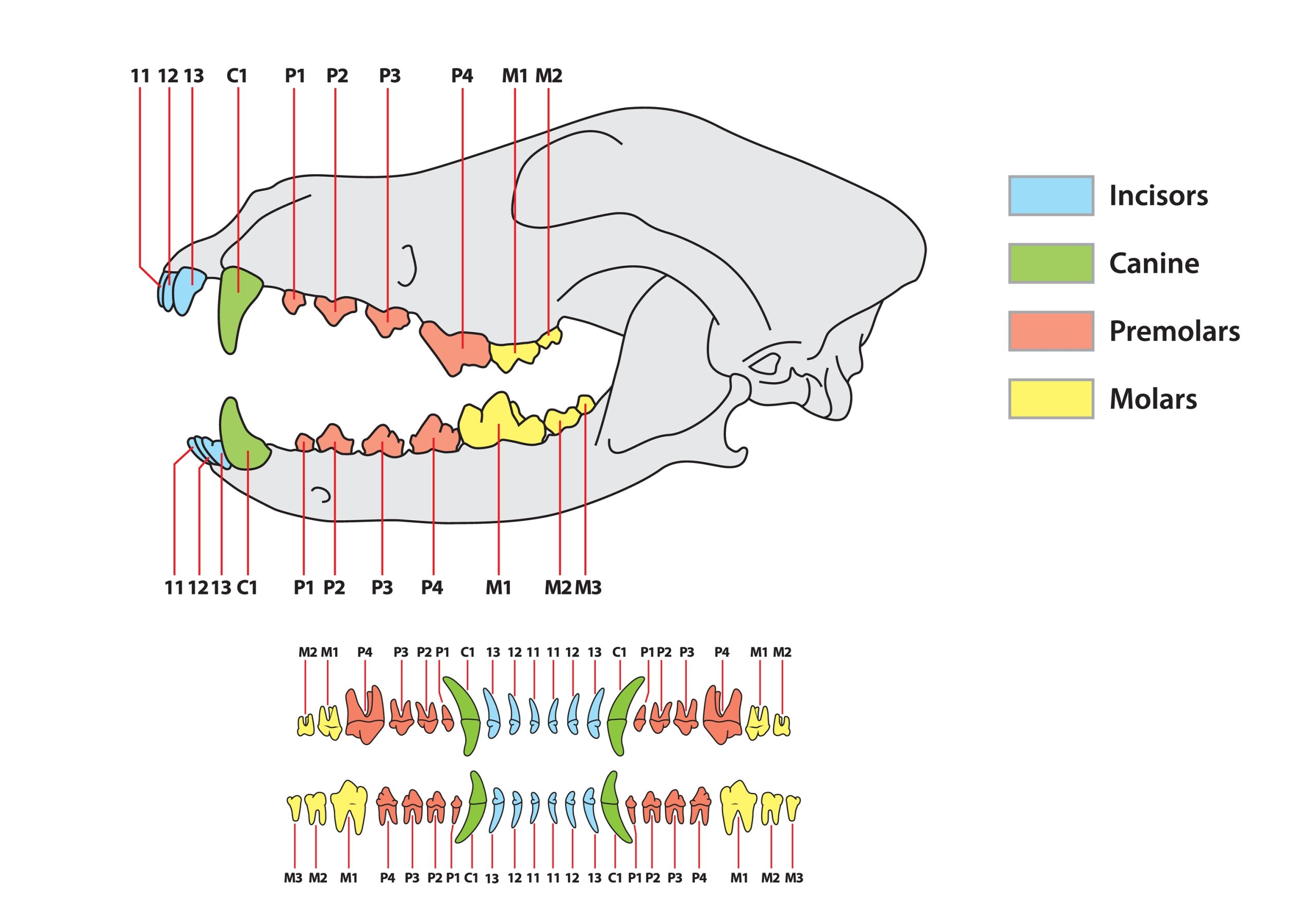
Behavior
If you watch your dog closely, you will notice a few carnivorous behaviors. For instance, canines have powerful noses that help them find and track prey over long distances, and many breeds still have a strong prey drive. Most dogs also enjoy chewing bones and even like to go after bone marrow.
However, as scavengers, they will dig holes to bury their food so they can retrieve it later.
Metabolism
A dog’s metabolism can withstand long periods without eating, which is common for carnivores that struggle to find prey, unlike omnivores that eat several times each day and herbivores that eat constantly.
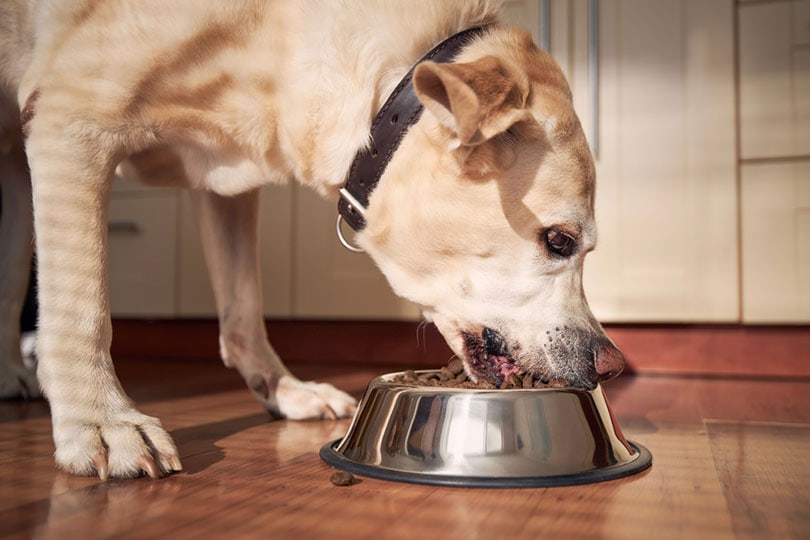

Is My Dog an Omnivore or a Carnivore?
While much research still needs to be done, many experts consider dogs to be facultative carnivores, which is similar to but different from obligate carnivores like house cats. While felines only eat meat, canines prefer meat but will fall back on other foods if there is none around. This means they are carnivores but also opportunistic scavengers that can get nutritional benefits from plant matter.
Should I Change My Dog’s Diet?
While lean and even raw meat diets are becoming more popular, many experts agree that a balanced diet containing meat and plant ingredients is best for your pet to help ensure that they get all the required nutrients. Feeding a meat-only diet to a dog can result in a calcium deficiency and other imbalances because calcium is stored in their prey’s bones. But a diet heavy on carbohydrates and plant-derived proteins can result in metabolic disease and has been linked to dilated cardiomyopathy and other health problems. It is best to choose a commercial dog food that lists real meat, like chicken, turkey, lamb, or beef, as the first ingredients.
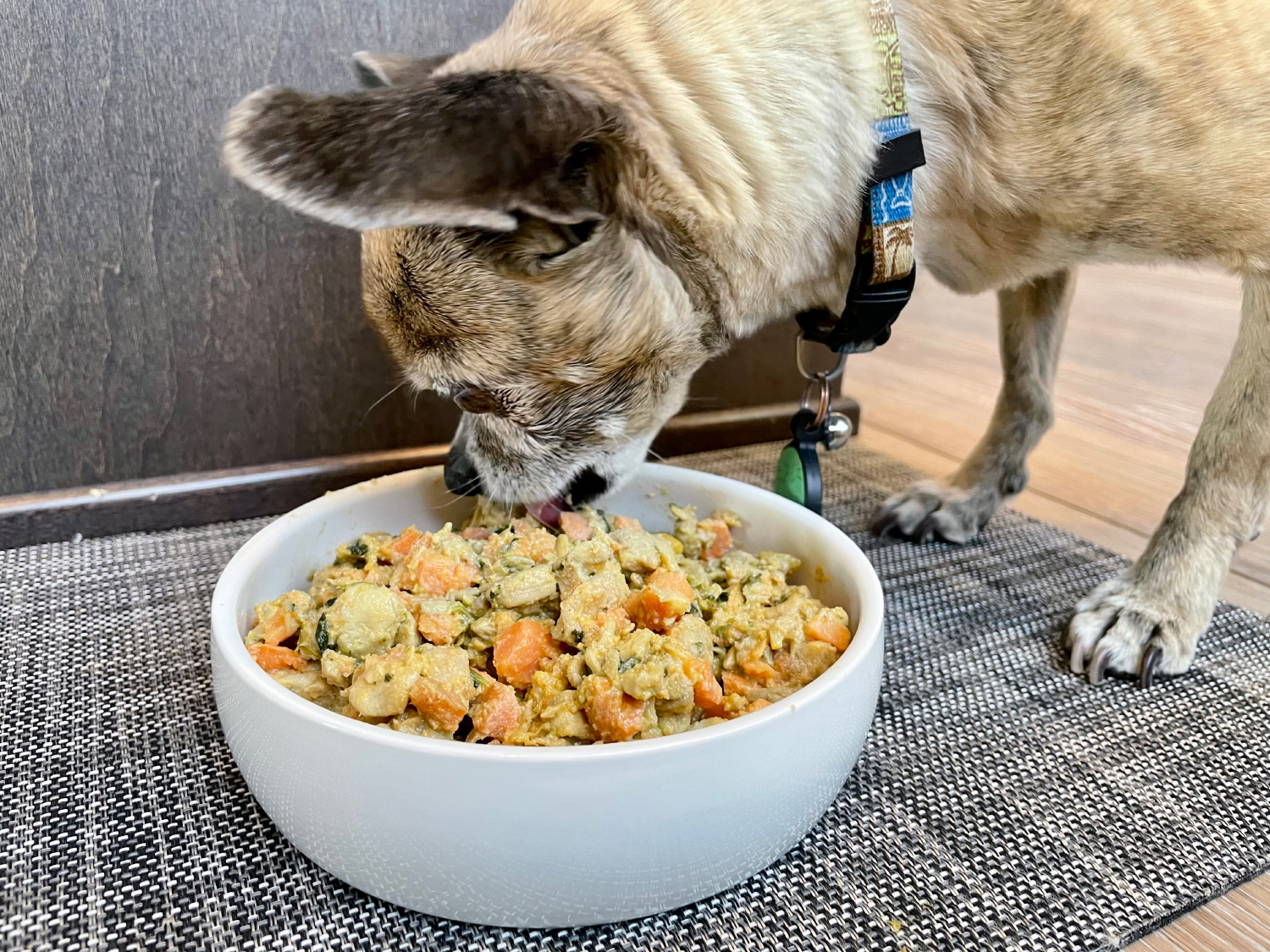

Conclusion
While many people consider dogs to be omnivores because they seem able to digest plant and animal food, recent research suggests that they might be better classified as enhanced carnivores that developed the ability to digest plant matter over time, likely in response to close habitation with humans.
Several traits of canines back up this theory, like their sharp teeth, predatory behavior, and ability to go a long time without eating. However, veterinarians still suggest feeding your pet a complete and balanced diet based on meat proteins and including a small amount of plant matter to ensure that they get the necessary nutrients, fiber, and antioxidants for optimal health.
Featured Image Credit: Dmytro Zinkevych, Shutterstock

